The best way to send communication signals is through Transmission Media. The best-known types of Transmission Media currently are wireless and wired, and today, we will discuss their advantages and disadvantages.
What is Transmission Media?
Well, it consists of specialized materials capable of delivering one or multiple communication signals at the same time. Another aspect of this is Broadband Media, which can transmit simultaneously, multiple signals.
Now, one of the key things one should consider when investing in transmission media is Bandwidth. This is the amount of data instructions and information, that can journey over transmission media
Finally, there is the Latency. This is the time it takes signals to travel from one location of a network to the other.
Basic categories of Transmission Media
- Unguided Media
- Guided Media
1] Unguided Media
The name is a complete give-away here for anyone who understands. You see, Unguided Media is practically wireless media. It consists of data signals that travel but are not guided down a specific path. The signals are not attached to cables; therefore, they travel freely.
2] Guided Media
OK, so regarding Guided Media, this has to do with wires. You see, it’s all about guiding data down a specific path. The data is tied to a cabling system, therefore, the information in transit can only go where you want it to.
Types of Unguided Transmission Media
- Radio Waves
- Infrared (IR)
- Satellite
1] Radio Waves
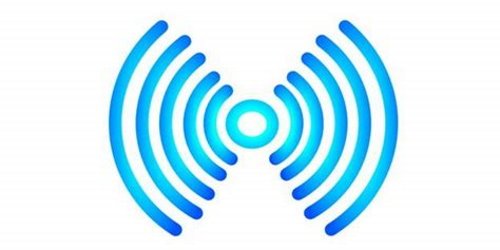
Do you listen to the radio or use a cell phone to make calls? All of these require radio waves. The signals are sent through the air from a transmitter and land on the receiver on your device.
Now, a radio wave is slower and more susceptible to noise than physical media. However, it provides portability and flexibility when needed.
What is noise, you ask? Well, it’s an electrical disturbance that can degrade communications. We hear it many times over the phone, and even while making calls over the internet via VOIP.
2] Infrared (IR)
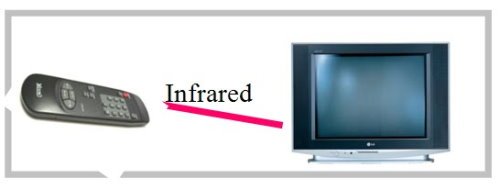
Another wireless transmission media, or unguided transmission media, but it doesn’t work the same as radio waves. IR sends wireless signals using infrared light waves, primarily over short distances. For example, remote control uses infrared to connect to the television. The same can be said of a wireless mouse that connects with a computer.
3] Satellite
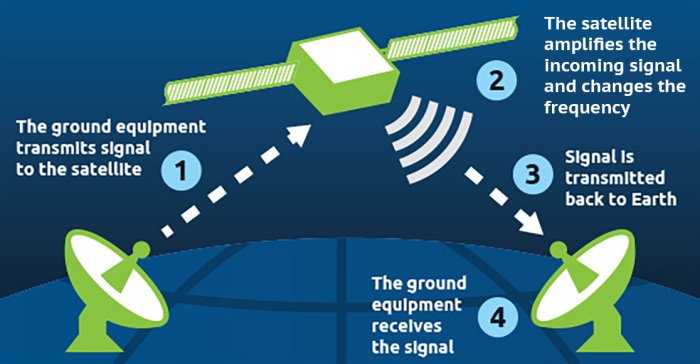
When it comes down to satellites, the signals set from these machines are more powerful than that of radio waves. The satellite acts as a repeater as it hovers over the earth, and the signal it releases can travel to great distances.
A transmitter on Earth signals to the satellite and the received signal is then retransmitted back to Earth or other satellites via another frequency.
Types of Guided Transmission Media
- Twisted Pair
- Coaxial
- Fiber-optic cable
1] Twisted Pair
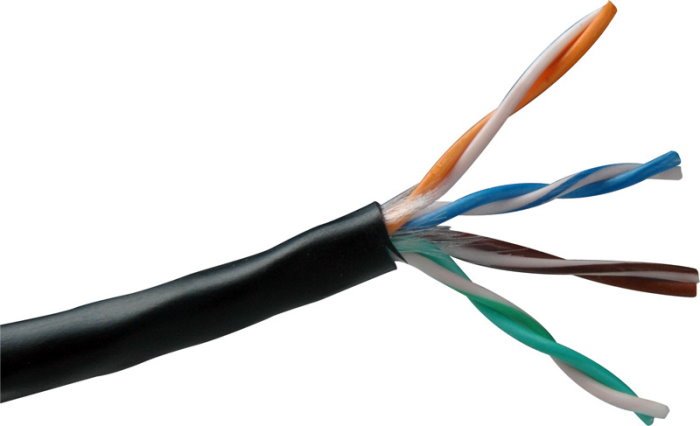
These cables comprise one more twisted wire, each bundled together. Now, each wire consists of two separate insulate copper wires twisted together. The reason the wires are twisted together, then, is to reduce noise.
2] Coaxial
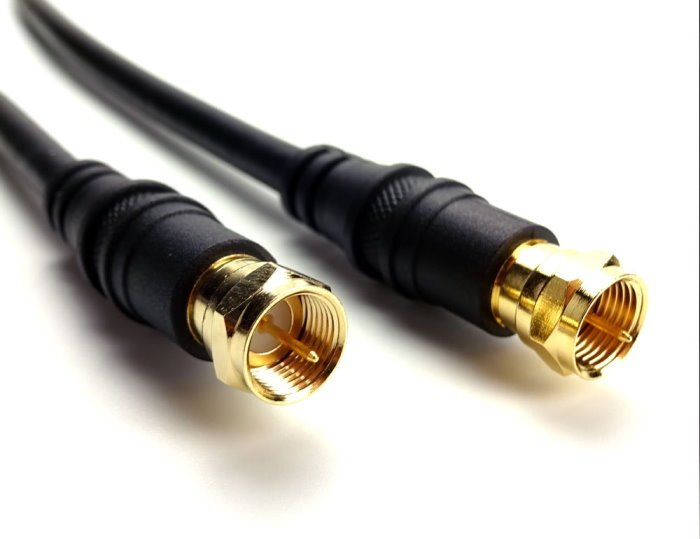
Before fiber became popular, most cable and internet companies relied on coaxial cables to deliver data. These cables consist of a single copper wire encircled by at least three layers: an insulating material, a woven metal, and finally, a plastic outer coating.
Coaxial is great due to its low cost and easy installation. However, a single cable failure can bring down an entire network, and that’s not ideal.
3] Fiber-optic cable
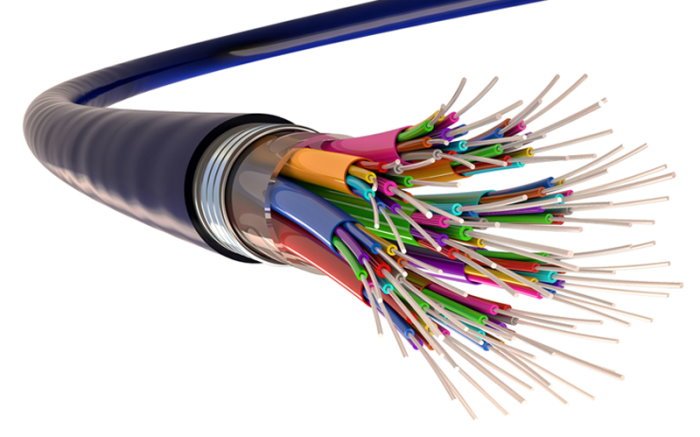
We like fiber-optic cables because they deliver data at an increased speed. Information passes through fiber much faster than twisted pair and coaxial cables. The cable is home to several optical fibers, an outer covering jacket, an optical fiber core, glass cladding, and a protective coating.
Cables like these can carry significantly more signals than those listed here. Furthermore, when it comes to data transmission, fiber optics are faster and more reliable. Additionally, fiber is better for security and tight spaces since the cables are smaller.
The big disadvantages here are the cost and difficulty of installation. But these are just a small price to pay, and many have chosen to pay them.